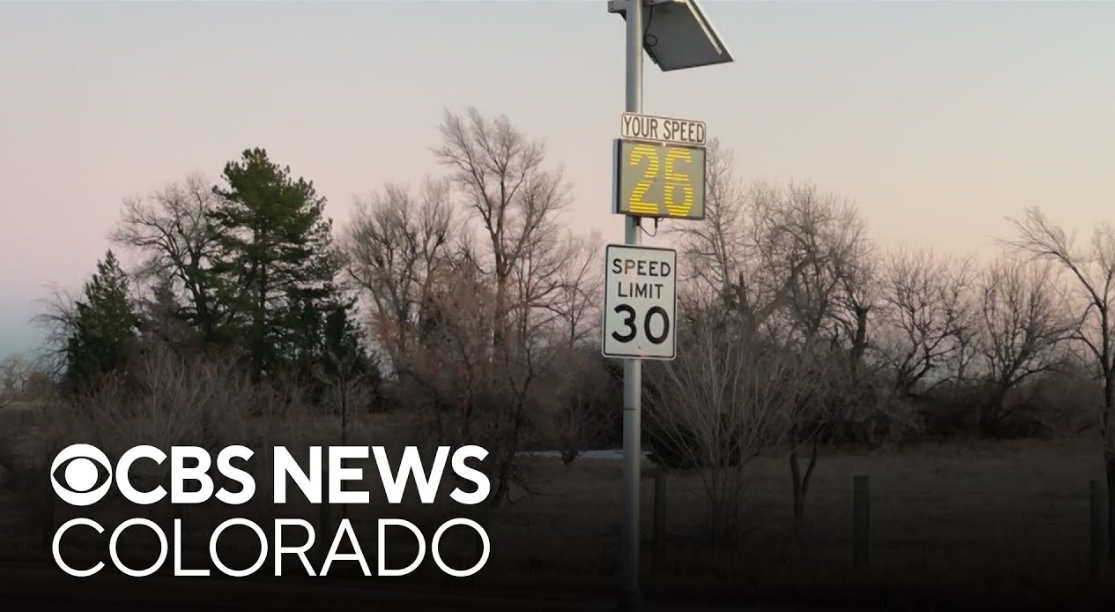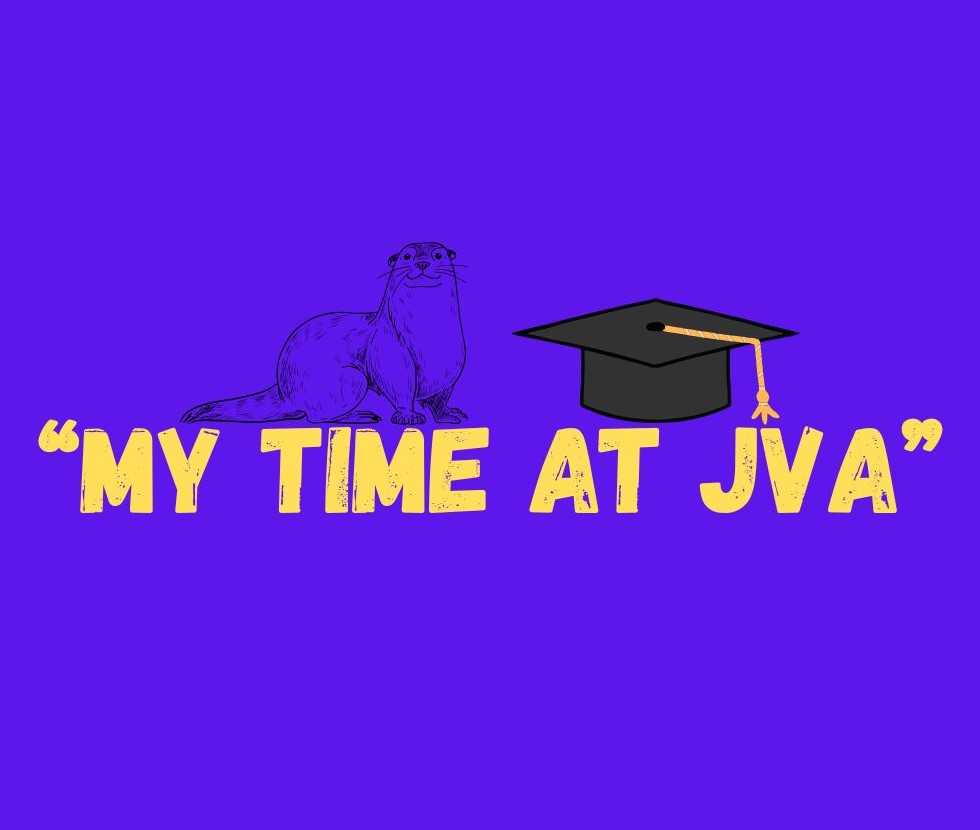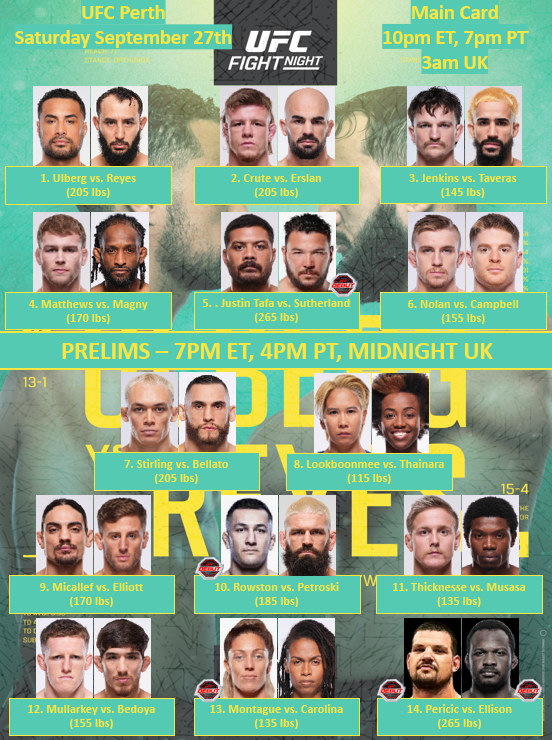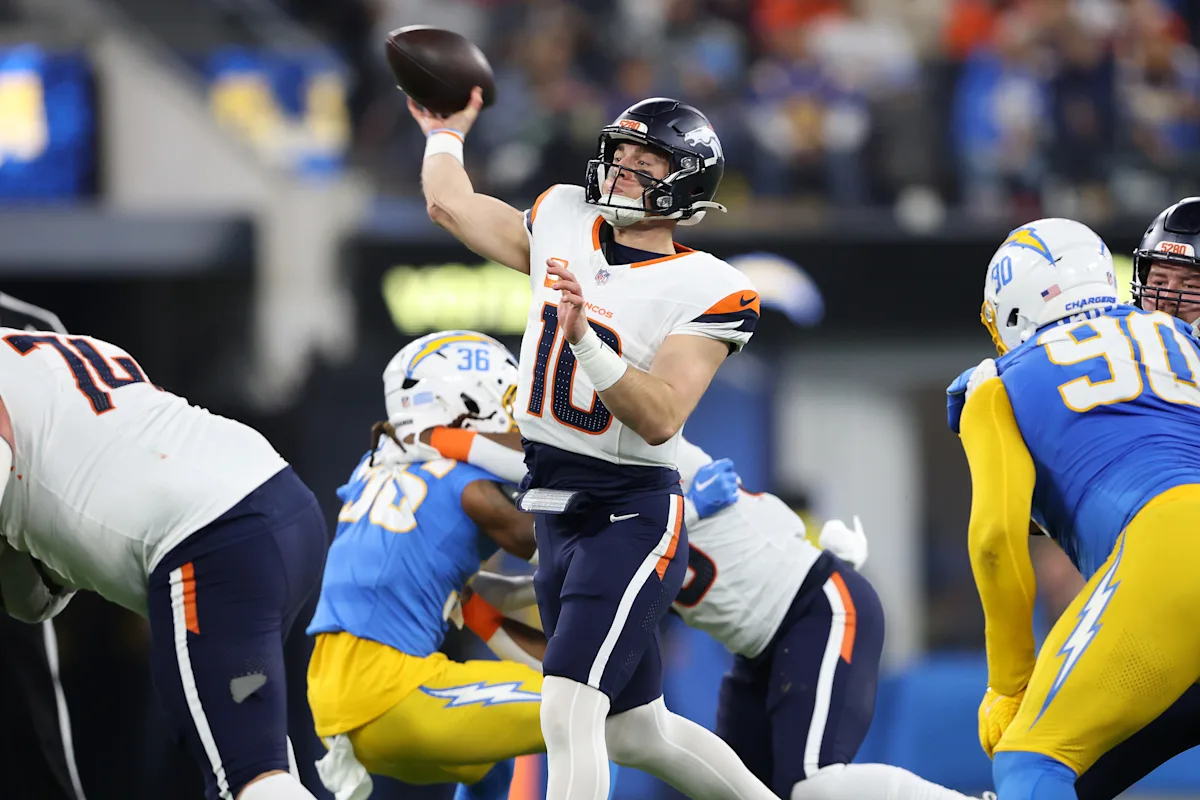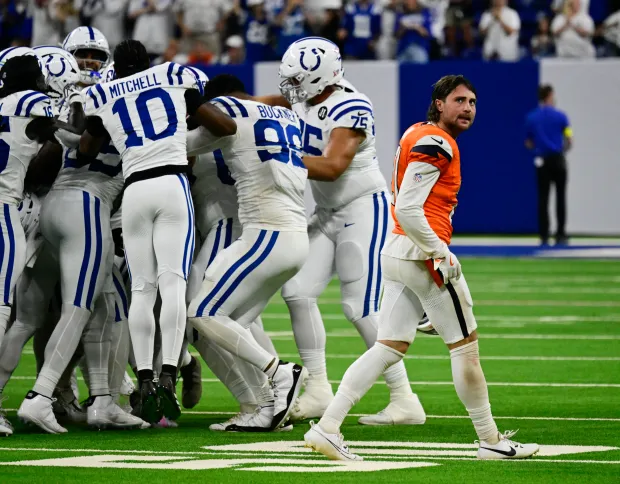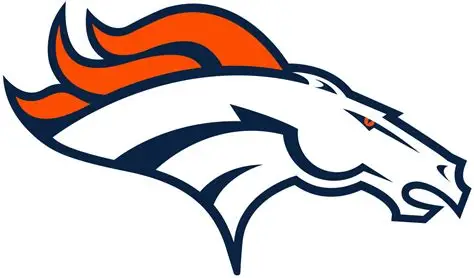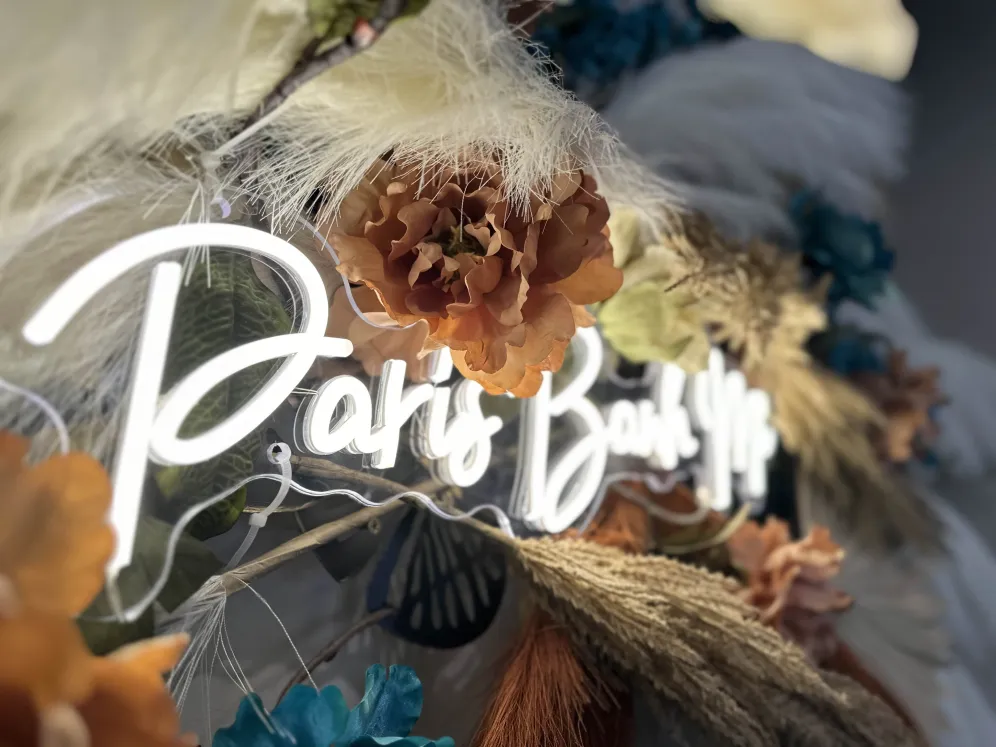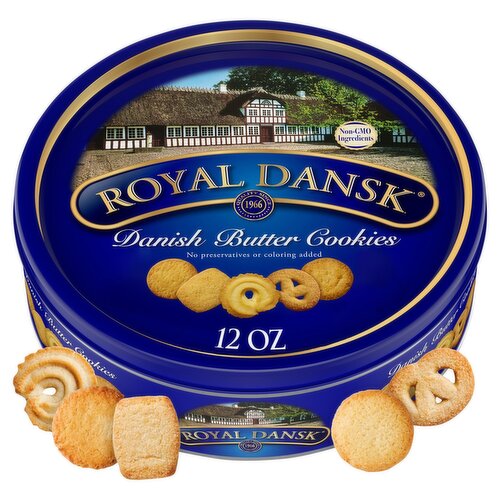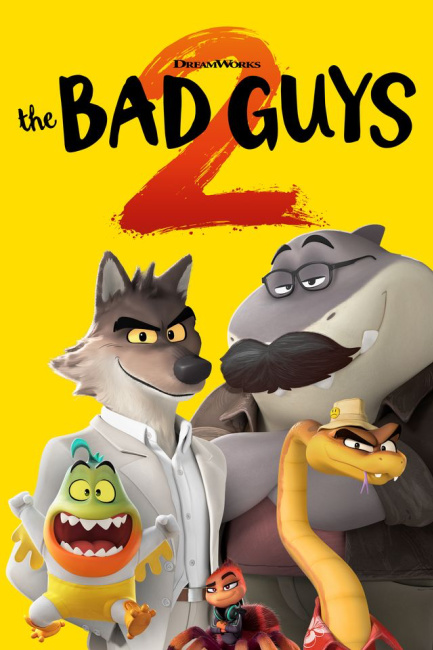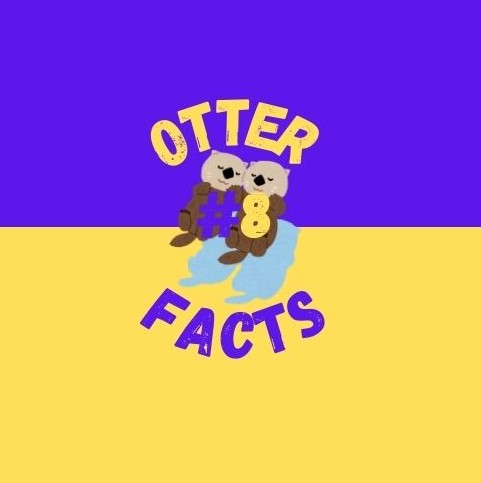Otters. You know why you’re reading about them, right? JVA is the home of the otters; you’re an otter. The picture for the student group in Schoology and the weekly Otter News shows that… and, well, tells that. Our drawn mascot may not have the appearance of real otters–they don’t have abs and can’t stand on just two legs unfortunately–but the spirit is still there. No one can deny that we’re the JVA otters. But what about the real deal? What is the real life animal our mascot is modeled after like? Glad you asked.
As you may remember, there are 13 species of otters. They’re all otters, but there’s still differences between them. What are those differences? Well, let’s take a deeper look at each species to see!
Giant Otter
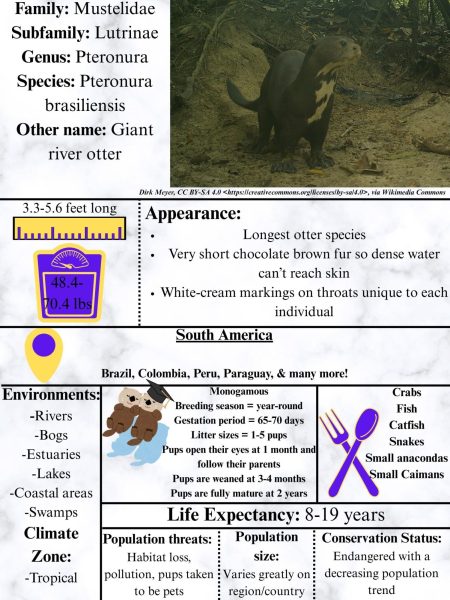
The giant otter is the 13th and last species of otter! Here are ways it is similar to some other species:
- Size: It is quite close in size to sea otters
- Dense fur: Giant otters and sea otters both have very thick fur to protect their skin from water
- Coat pattern: Giant otters and spotted-necked otters both have light cream-white spots on their necks
- Location: Giant otters, marine otters, southern river otters, and neotropical otters all live in South America
- Family life: Giant otters are monogamous like many of the other otter species
- Conservation status: Giant otters are endangered just like a few other otter species
Just like all the other otter species, giant otters deserve all the love that can be given! They are wonderful creatures and important to their environment.



